At the conference held on the afternoon of October 10, one of the issues that vocational training institutions were interested in and asked many questions about was the project to arrange secondary schools and colleges in Ho Chi Minh City in the coming time.
Expected to have 19 colleges, no more public vocational schools
At the conference, Mr. Nguyen Chi Thanh, Head of the Department of Continuing Education - Vocational and University, Department of Education and Training of Ho Chi Minh City, said that this arrangement only applies to the public sector, not to private schools. According to the project, public vocational schools will be merged into colleges or upgraded to colleges, with the goal of focusing on investment and improving the quality of the public college system.
It is expected that after the merger, Ho Chi Minh City will have 19 public colleges left. This reorganization is in the direction of streamlining the apparatus, reallocating resources so that the schools have large scale, operate effectively and meet the demand for high-quality human resources.
Ms. Truong Hai Thanh added that after merging and adjusting administrative boundaries, Ho Chi Minh City now has 481 vocational training establishments, including 103 public and 378 private, with a scale of more than 327,000 students. This number reflects the great demand for vocational training in society, while also posing challenges in the management and development of human resources.
Regarding the implementation of the arrangement of public service units, Ho Chi Minh City is a pioneer in informing the units, learning about the reality of the schools, and on that basis, having arrangement plans. "The arrangement is not mechanical, it is arranged for mutual development. In the near future, there will be no more public colleges in Ho Chi Minh City", Ms. Thanh emphasized.
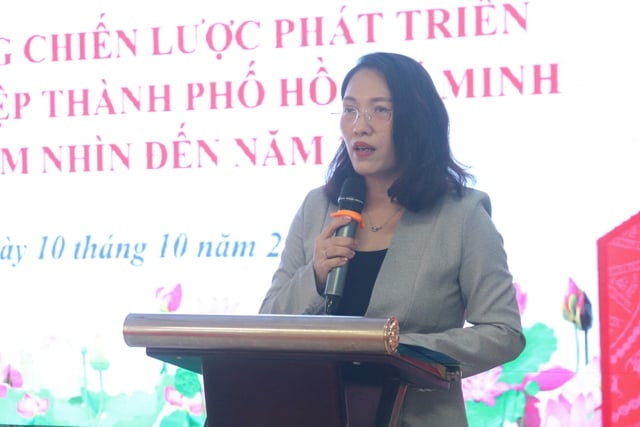
Ms. Truong Hai Thanh informed that in the near future, Ho Chi Minh City will no longer have public colleges.
PHOTO: YEN THI
Mr. Truong Anh Dung, Director of the Department of Vocational Education and Continuing Education (Ministry of Education and Training), emphasized: the reorganization is an inevitable step to organize a streamlined and effective system, creating development momentum. According to Resolution 71 on breakthroughs in education and training development, the current education system is still "fragmented and backward", and needs to be restructured to better adapt to social needs and integration trends. The problem is how both teachers and learners can adapt better.
According to Mr. Dao Trong Do, Head of the Department of Formal Education, Department of Vocational Education and Continuing Education (Ministry of Education and Training), after the reorganization, Hanoi aims for all colleges to meet high quality standards. Meanwhile, in Ho Chi Minh City, with a larger number of facilities, the goal is to have at least 10 high-quality colleges by 2030, which is a modest number. "It is expected that after the reorganization, there will be 19 public colleges, plus non-public colleges, so this number will be small," said Mr. Do.
The difference of the "vocational high school" model
At the conference, Mr. Truong Anh Dung informed that the vocational education system in the coming time will have many changes, notably the appearance of the "vocational secondary school" model.
According to the draft Law on Vocational Education (amended), colleges are allowed to train in vocational training programs, college programs and vocational secondary school programs; and vocational schools are allowed to train in vocational training programs, vocational secondary school programs and some other programs.
“Vocational high school is a new educational model, not that vocational high school must establish a vocational high school. The viewpoint we advise is that it is a program in schools,” said Mr. Dung.
According to Mr. Dung, localities can be proactive in arranging schools. When a place has a college or vocational school, it is not necessary to have a vocational high school.
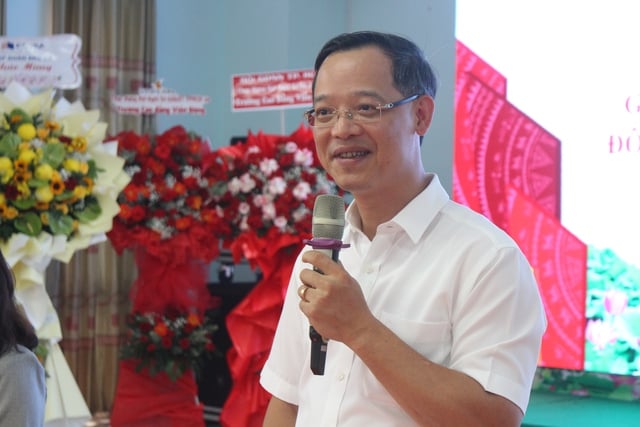
Mr. Truong Anh Dung pointed out the differences of the "vocational high school" model.
PHOTO: YEN THI
Mr. Dung pointed out the difference of the vocational secondary school program, the entrance to the TC level is after high school, except for special occupations and talents. Meanwhile, currently, the main source of TC admission is students after middle school. The entrance to vocational secondary school is students who have graduated from middle school.
Vocational secondary school is a program that integrates general education and vocational education, students can complete both general education and vocational training. Vocational secondary school program will be equivalent to high school level.
“In the near future, there will be a vocational high school model. We hope that the Law on Vocational Education will be passed, which will open up new directions and have new policies for vocational education to develop. The Department of Education and Training will also accompany and support schools in opening new majors,” Ms. Thanh added.
Source: https://thanhnien.vn/sap-toi-tphcm-se-khong-con-truong-trung-cap-cong-lap-185251011090245149.htm





![[Photo] Discover unique experiences at the first World Cultural Festival](https://vphoto.vietnam.vn/thumb/1200x675/vietnam/resource/IMAGE/2025/10/11/1760198064937_le-hoi-van-hoa-4199-3623-jpg.webp)
![[Photo] General Secretary attends the parade to celebrate the 80th anniversary of the founding of the Korean Workers' Party](https://vphoto.vietnam.vn/thumb/1200x675/vietnam/resource/IMAGE/2025/10/11/1760150039564_vna-potal-tong-bi-thu-du-le-duyet-binh-ky-niem-80-nam-thanh-lap-dang-lao-dong-trieu-tien-8331994-jpg.webp)
![[Photo] Opening of the World Cultural Festival in Hanoi](https://vphoto.vietnam.vn/thumb/1200x675/vietnam/resource/IMAGE/2025/10/10/1760113426728_ndo_br_lehoi-khaimac-jpg.webp)



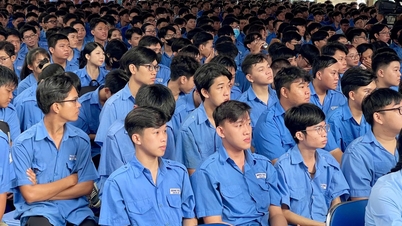

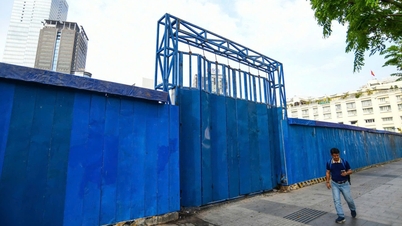





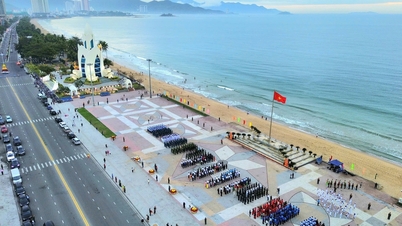






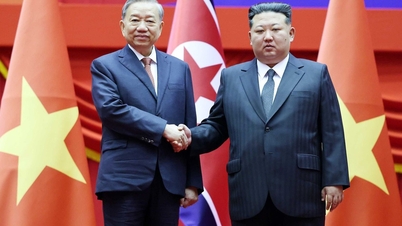

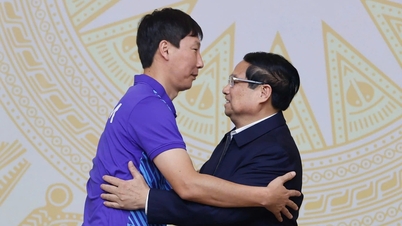

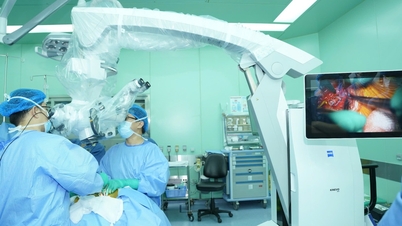
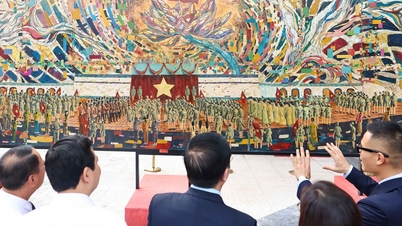
![[Photo] Ho Chi Minh City is brilliant with flags and flowers on the eve of the 1st Party Congress, term 2025-2030](https://vphoto.vietnam.vn/thumb/1200x675/vietnam/resource/IMAGE/2025/10/10/1760102923219_ndo_br_thiet-ke-chua-co-ten-43-png.webp)































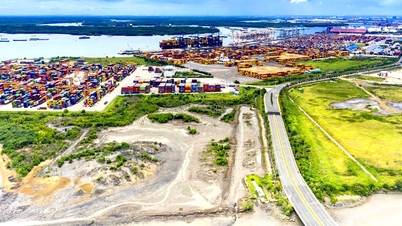
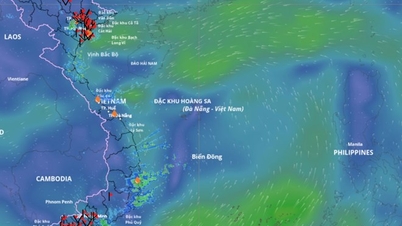










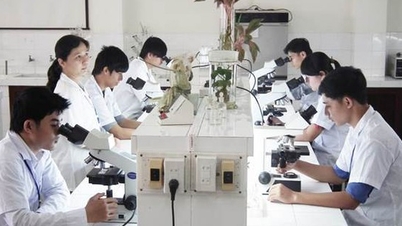



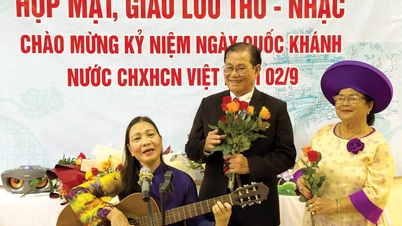

















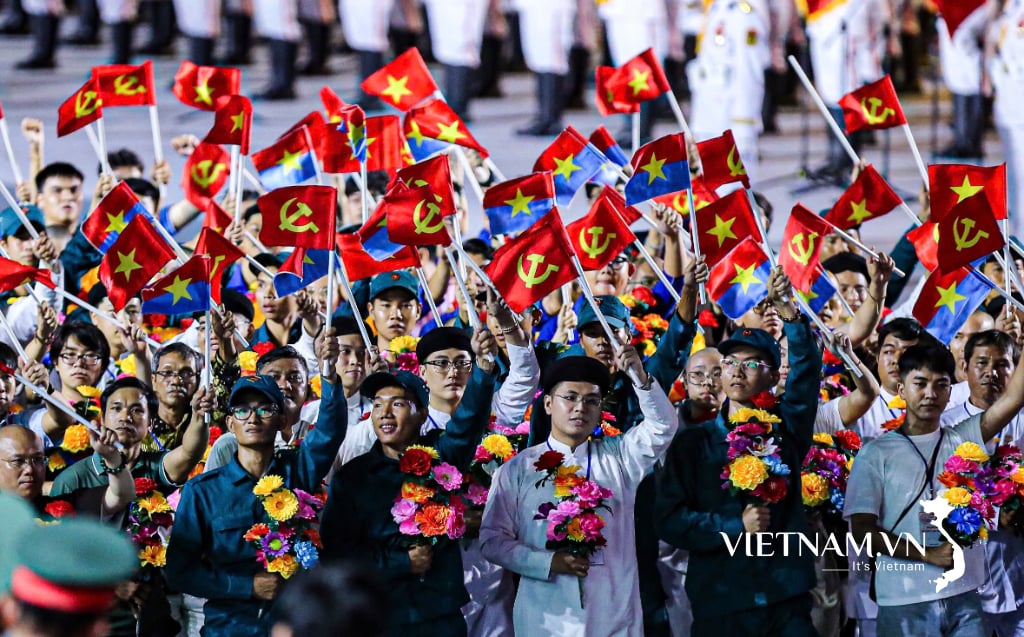

Comment (0)